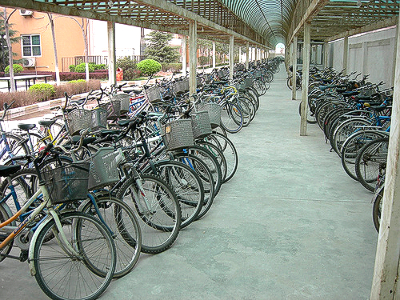- Manifesto: (n) a written statement declaring publicly the intentions, motives or views of its issuer. See the Communist Manifesto, avoid The Cyclist’s Manifesto.
 Courtesy Falcon PressOf all the cycling books to read in honor of National Bike Month, The Cyclist’s Manifesto is better left on the bike rack. Though the author believes he is making a powerful case for the bicycle as a tool for serious transportation, the manifesto ultimately disappoints, offering a rambling, poorly organized tour through cycling history and current transportation politics.
Courtesy Falcon PressOf all the cycling books to read in honor of National Bike Month, The Cyclist’s Manifesto is better left on the bike rack. Though the author believes he is making a powerful case for the bicycle as a tool for serious transportation, the manifesto ultimately disappoints, offering a rambling, poorly organized tour through cycling history and current transportation politics.
The book begins with promise. Hurst slams David Brooks’ cutting aside about bicycling (a zinger tucked into the end of this column written in the heat of the 2008 campaign), and argues that it’s time the United States seriously considered the bicycle in energy and transportation policymaking. With true manifesto intensity, Hurst asserts, “the bicycle could, and should become one component of this multifaceted solution” for transportation in the face of peak oil.
But as soon as he makes a firm declaration on the necessity of the bicycle, Hurst switches gears and spends the next 100 pages (out of a total of 179) recapping the intertwined histories of the bicycle and automobile. Sure, Major Taylor‘s racing exploits are important, but what happened to the manifesto?
Worse still is Hurst’s stumbling prose and condescending commentary. At the very end, when Hurst has finally gotten around to the manifesto, he includes this aside on the metaphor “kill two birds with one stone”:
I don’t like killing birds. I don’t even like to think about other people killing birds. So naturally I regard the phrase “kill two birds with one stone” somewhat negatively. People say it as if it’s a good thing. Hey, I eliminated two birds there, and used but one stone. What’s the bizarre hatred of birds? And are stones really that valuable?”
Dear editor, what were you thinking? Why was it necessary to include Hurst’s tangential musings on a metaphor? I’m not nitpicking — Hurst continues to strain this tortured metaphor for two more pages as he tries to say something positive about the bicycle. His point: cycling provides mechanized transportation while allowing us to burn the excess calories from our fat American bodies.
As a cyclist and a reader, I found Hurst’s transportation policy arguments naive and his style irritating. The few rewarding stories — in 1853, Jefferson Davis thought we should use camels (!) for transportation — are entangled in a mess of subjective reflections on cycling culture. And though the bicycle-as-transportation community needs an call to action that the David Brooks-es of the world would take seriously, Hurst’s manifesto is not that manifesto.



